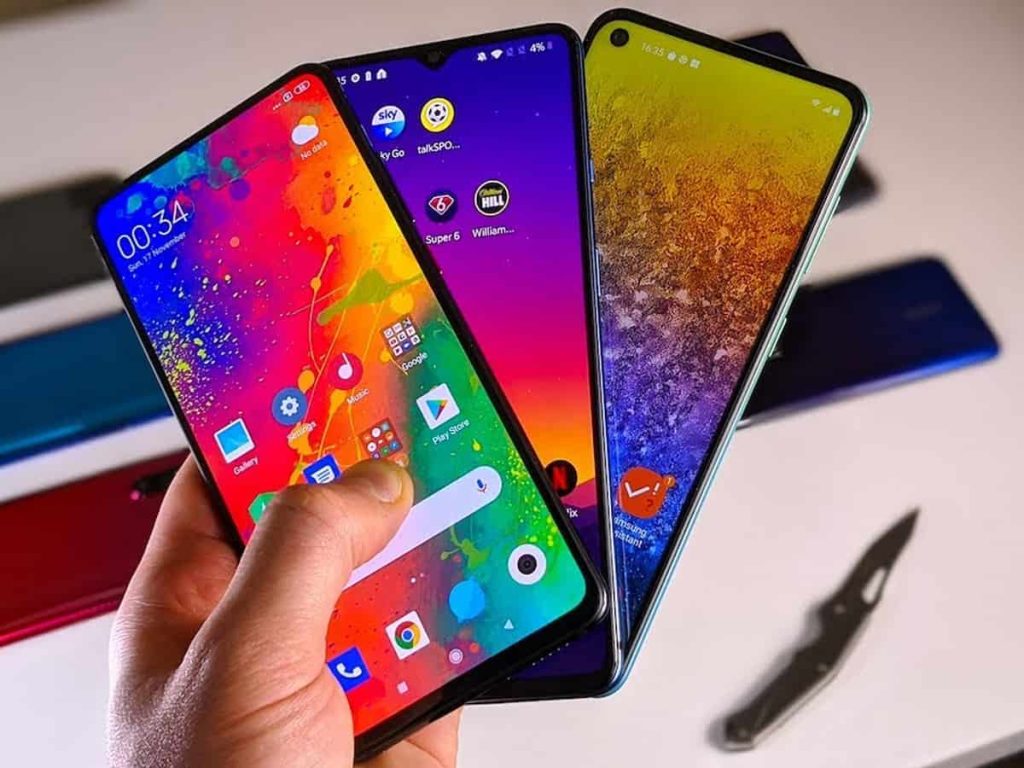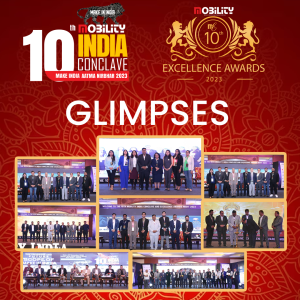The extended presence of COVID-19, especially the high number of casualties during its second wave in 2021, has given a sharp turn to digitization in India. This year more than half of the country’s smartphone consumers bought their devices online, compared to more than one-third last year. The smartphone shipment data for this year so far has also thrown up similar numbers. Further, according to Market Lens, the affordable premium and premium segments became more active in 2021 with 15% of the respondents being from the INR 30,000 and above price band, compared to 7% in 2020.
COVID-19, while making the smartphone an essential part of life, also pushed many offline consumers to online platforms due to restrictions on movement. Besides, the reverse migration of knowledge workers from big cities to smaller cities and towns also played a key role in popularizing online channels. Along with new buyers, there is a strong stickiness among the buyers who are already using online channels.

Transitioning to a digital platform requires people to come out of a certain comfort zone. But this hesitation took a back seat with online shopping emerging as a safer (sometimes only) alternative to the COVID-19-hit offline market. Looking beyond the pandemic, there are more reasons to prefer online over offline. According to the survey respondents, special offers, variety of choices and pricing are the top reasons for them to prefer online channels for smartphone purchase. We call this shift to online digitization because, along with the preference for online channels, people are also relying on YouTubers and influencers to get information for making a smartphone purchase. The survey results show an evident shift from relying heavily on word of mouth and friends/family for smartphone recommendations in 2020 to relying on YouTube videos and opinions of technology influencers in 2021. The change was catalyzed by the COVOD-19-triggered social distancing and work-from-home scenarios.
The effect of COVID-19 on consumers’ smartphone purchase budget faded out soon:
• In 2020, many respondents from the INR 20,000 and above price segment had planned to lower the budget for their next smartphone.
• In 2021, the premium and affordable premium segments became more prominent.
• Based on the survey results, the share of smartphone users from the sub-INR 30,000 price band declined from 2020 to 2021.

Due to the work-from-home situation, respondents are saving more than usual. In addition, the smartphone has become an essential part of life with the rise in virtual connectivity. As a result, there is a movement in the market, with a significant portion of smartphone users looking to purchase their next smartphone from a higher price band. In the Indian festive season of 2021, there is high consumer demand in the mid and premium segments. In fact, the aspiration for premium smartphone brands has grown from 2020 to 2021.
Even as more respondents are planning for premium and affordable premium segments, there are limited players in the competition. This makes the OEMs with a smaller current market share to be highlighted more.
With inputs from Counterpoint.






